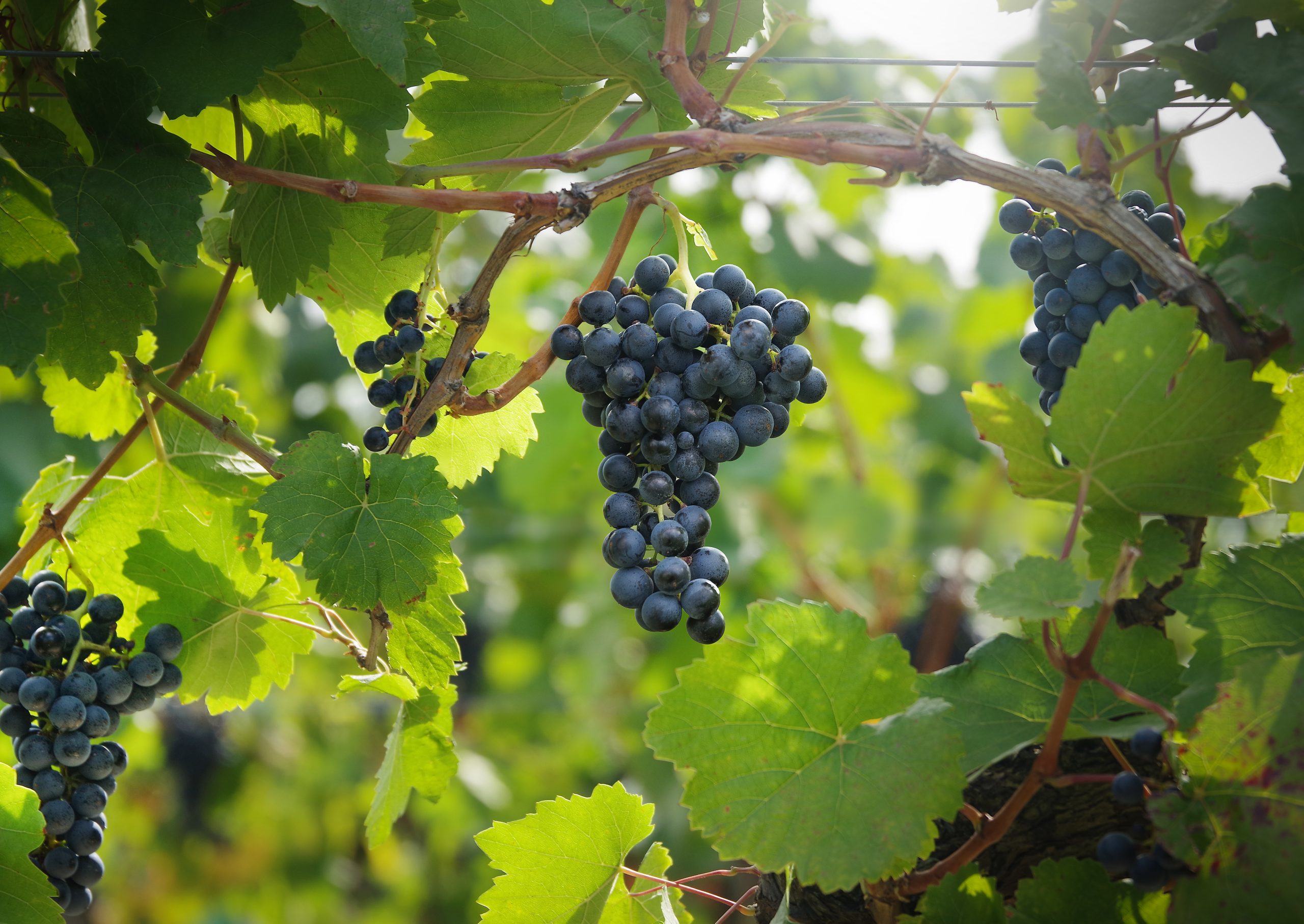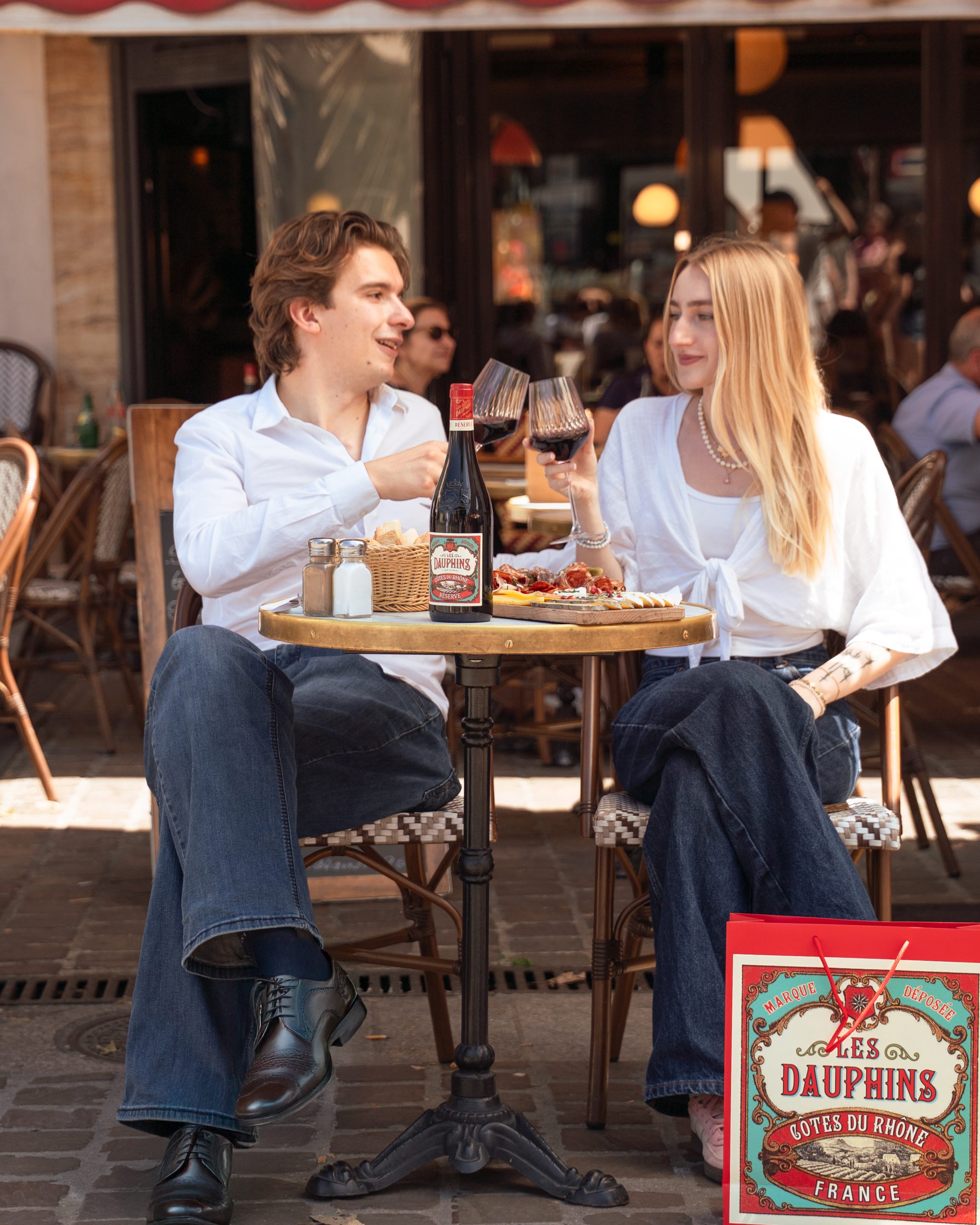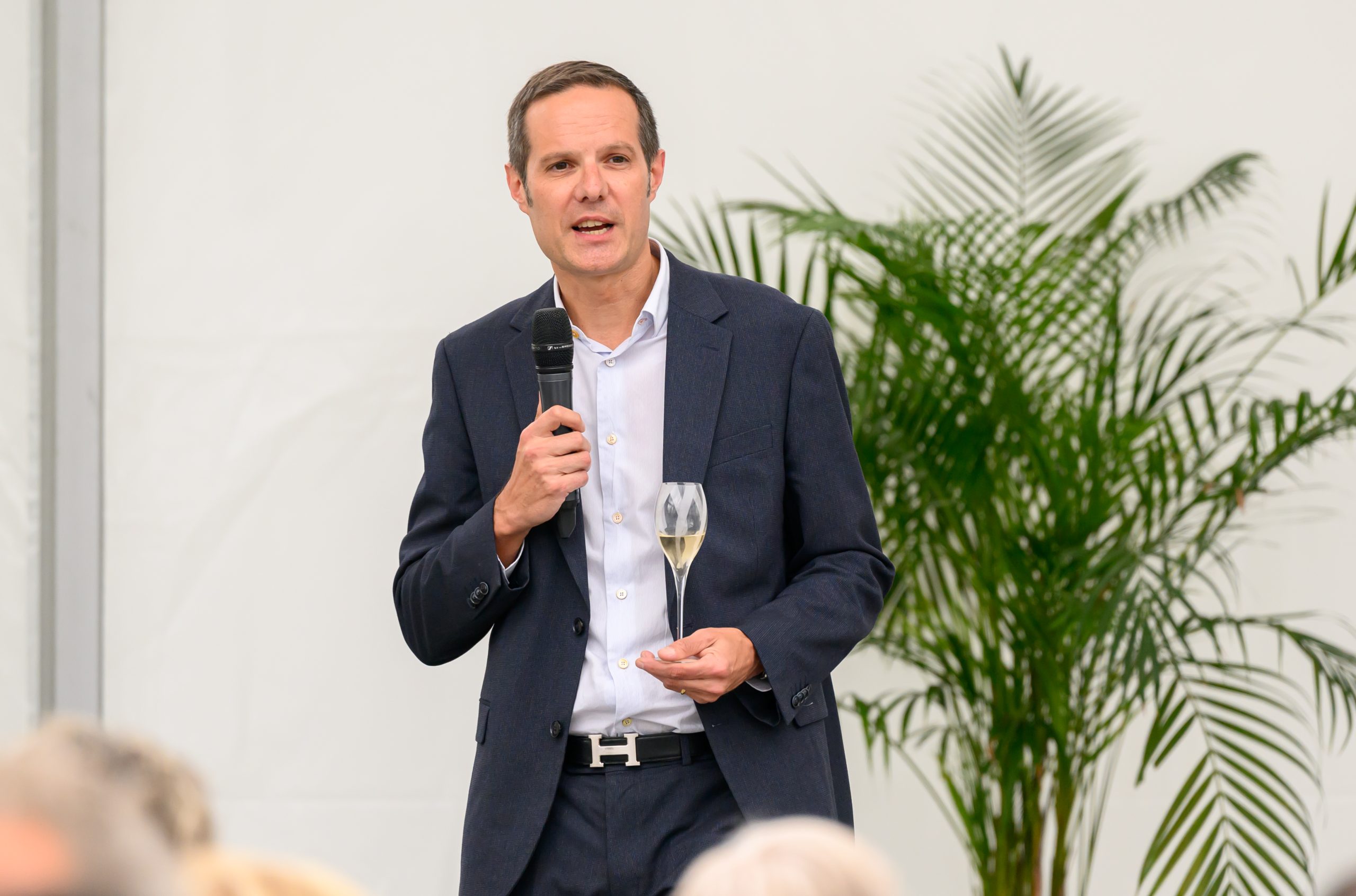How the wine trade can make the most of AI on a budget
Artificial Intelligence (AI) is the buzzword on everybody’s lips, but how can the drinks industry best harness it? A recent talk at ProWein offered some answers.

A recent talk at ProWein shed light on how drinks companies can get the most out of Artificial Intelligence (AI). The discussion, titled ‘How to maximise AI (even when your company doesn’t budget for it)’, was held at the ProWein Business Forum during this year ’s fair in Düsseldorf.
Chairing the panel was db editor-in-chief Patrick Schmitt MW, who sat alongside Pam Dillon and Andrew Sussman, the cofounders of AI-powered drinks recommendation software provider Preferabli, and Ron Scott, head of research and development at Enolytics.
Schmitt opened: “I think, as with any major trade event, you do need to work to retain relevance, and one way is through educational seminars, not just on trending topics, but tools for business – AI isn’t just the topic du jour of our trade.”
“Companies at the moment aren’t budgeting for much more than production and staff to sell what they make; anything else is a luxury,” Schmitt continued. “The wine trade is a fragmented business, rich with smallscale operations, and it cries out for the support of outside expertise. Surely it is better to rely on the expert who has spent their life developing AI tech, leaving you to do what you do best, which is selling drinks?”
Indeed, Sussman noted that AI has been around “for a very long time”, explaining that he began working with it as far back as 1991.
One of Preferabli’s recent partnerships was with UK supermarket chain Marks & Spencer to develop an AI-powered tool to help customers to find bottles they may like.
“You can go through a simple questionnaire to help identify products which match your tastes,” said Sussman. “It’s distilling down all the information that would be frankly overwhelming for consumers.”
Although Preferabli’s software is not hardcoded, meaning that the user can request that replies are given in the voice of a pirate – to use the example that Sussman gave – the company realised that this was a “feature, not a bug”, which enables different clients to use a specific tone consistent with their brand.
Enolytics uses AI to understand things from the other side, as Scott explained: “Enolytics tries to look at things from the perspective of a producer, not a consumer. The objective of our software is to give a producer the complete picture of who’s buying their wine, where, and the demographic. It allows them to identify where their wines will be a good fit for their audience.”
Partner Content
This could have major implications for how producers and retailers pitch their wines to the consumer, enabling a more targeted approach.
“Marketing is an area which is very low-hanging fruit for generative AI – inviting customers, offering different products based on their buying habits, identifying which customer base to step up marketing efforts,” said Scott. “They can then generate an extremely customised marketing campaign to keep them in a wine club, for example.”
It is also an efficient means of research, according to Scott, who explained: “We’re at a point in time where you can use a tool to do some market research, find out what’s in vogue; these generative AI tools enable us to do more research than we could manage just with Google Search, for example.”
Cost savings
As the title of the talk suggested, both Preferabli and Enolytics pride themselves on affordability.
“You can start rock-and-rolling for €100 a month – we would have been dead on arrival had we not made it priced to sell, and priced to use,” said Preferabli’s Dillon. “I can’t think of a single client who did not make money, and most have a return on investment of hundreds of times. It’s taken 10 years and US$25m to build this platform.”
“The return on investment calculation has constantly evolved,” added Sussman. “We have to educate people that there are other costs they’re saving, not just revenue they’re making.”
Sussman also cited an example of one restaurant chain in the US which adopted an AI-powered wine recommendation system, saving the equivalent of two pallets of wine each year on free tasting samples for diners.
Enolytics is similarly economical, with Scott claiming that the company “supports wineries ranging from small mom-and-pop shops all the way up to the big producers”.
An end to experts?
Although AI can streamline decisionmaking for consumers and producers alike, Dillon maintained that the expertise of figures such as Masters of Wine and Master Sommeliers, a large number of whom Preferabli works with, is still vital, especially for their tasting notes.
“The last thing we want to do is to write code to replace people in this industry; we want to amplify them,” she said. “You can write the most beautiful algorithms in the world, but those algorithms are not beautiful without beautiful data.”
Related news
Muriel Wines' portfolio stays true to its Rioja roots
Wynns John Riddoch: representing the ‘ultimate selection’
The vineyard-centred approach earning renown at Bodegas Ysios




